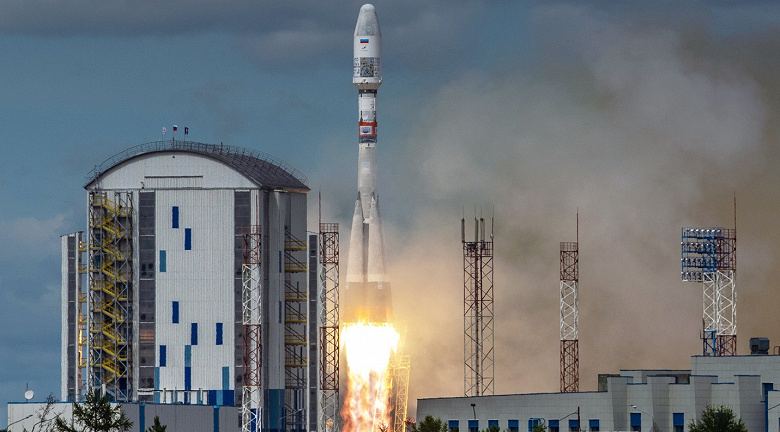Construction may begin in 2026
General Director of the Center for the Operation of Ground-Based Space Infrastructure Facilities (TSENKI) Nikolai Nestechuk spoke about how work is underway to build a launch complex for the promising Russian methane rocket Amur-LNG. The new rocket will be reusable: it will have a returnable first stage. According to Nestechuk, a technical project is currently being developed for the creation of a launch complex at the Vostochny cosmodrome in the Amur region, completion of work is scheduled for November 2024.
At the moment, the launch layout, the composition of the systems and units of the launch complex, their purpose, principles of operation and interaction, location at the launch complex and basic design solutions have already been formed. In addition, two options for the location of the launch complex are being considered; the timing of construction work will depend on the choice of location, said the head of TsENKI.
Initially it was planned to place the launch complex for «Amur-LNG» 5 km from the airport complex of the cosmodrome, but now, in order to reduce the time and volume of construction work, another location of the launch complex is being considered: next to the launch site for the heavy rocket «Angara-A5» with partial borrowing of its infrastructure. In this case, construction work can begin as early as 2026.
The General Director of TsENKI also said that it is planned to borrow the experience of the floating cosmodrome «Sea Launch». Its peculiarity is that all technological equipment and the entire launch complex are a single structure. They tried to extend this approach to the realities of the Vostochny Cosmodrome: they want to build the launch platform as a single object with optimal placement of the maximum possible volume of equipment, instead of building many separate structures. Such a solution will reduce the time and cost of construction work, as well as meet the requirements for safety and reliability, Nestechuk believes.

